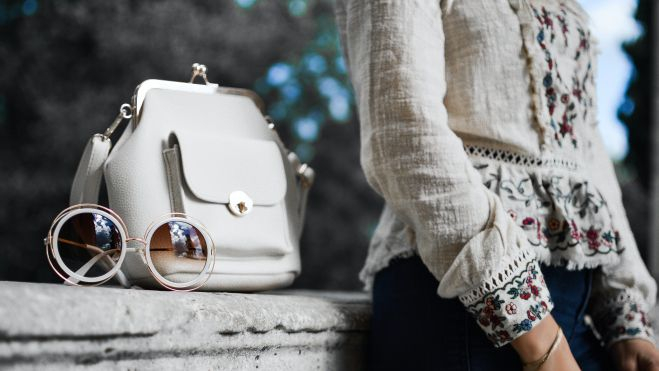In hardly 3 years, the generation z and the millenials will be 45% of the consumers of luxury. That is to say, almost the half. And this is something that concerns to the sector of the luxury, especially, to the Chinese. In China, this segment of age supposes the greater second group of population and thus they treat to look for forms to attract them to boost his consumption.
As it has published recently in the agency of French news, Reuters, the generation Z could be a future problem for the consumption and the commercialisation of the luxury. Gregory Boutte, Chieff Client and Digital Officer of the group Kering, the young adults (like this designates to the current gene z) suppose a very big and important factor in the growth of the consumption of the luxury in the last decade.
This worry comes mainly because this week has jumped the alarm in China: the last data reflect an important deceleration in his economy that affects of full to the economy and to the born lifestyle between 1996 and 2012. And although in the rest of the world what has generated uncertainty to these young adults has been the rise of prices and the increase of the inflation, the reason in China is different: the high tax of juvenile unemployment. The impact of the still recurrent quarantines and confinements of the population has done that in the past month of July the Chinese country reached almost 20% of unemployed of youngsters from among 16 and 24 years, and obviously, without money, there is not consumption, and much less of articles and goods of luxury.
Thus, it results a mistery how goes to react the sector of the Chinese luxury in front of this recent reverse. What himself is true, is that in a study elaborated by Oliver Wyman, confirmed that the expectations of the consumption of the luxury in Chinese were in a process of decreasing and that do not detect signs of recovery in this year.
But in the rest of the world, as we have said, what changes the form to consume of the youngsters and those that does them be more skeptical to the hour to buy luxurious goods is the rise of prices promoted by the bellicose conflict between Ukraine and Russia and the crisis of supplies. It does not want to say that this do not like them or that prefer other options, simply, see forced to postpone them or to save them in his wishlist (in imaginary occasions and that finish forgetting when they find a more affordable and economic option). Some like Burberry, already has affirmed that any of his marked products in 'top salts' begin to dispel because they do not finish to fit with the preferences and tastes that possess nowadays the youngsters of the generation z.
Innovation and progress: the question to which have to do fronts the main signatures
Not to remain backwards and attract to the Gene Z to the sector of the luxury the marks need to propose challenges very ambitious. And in fact, some already are it achieving through the metaverso and also with the creation of new articles of luxury based in the line of accessories and complements, as they are melt them of mobiles, something that nowadays is practically a very indispensable for the youngsters and millenilals. In the case of the metaverso, can observe like Gucci, the Italian fashionable mark of luxury, took out in 2021 Virtual 25, some sneakers digital designed only for a virtual space. It associated with Wanna and launched his first sneakers of virtual reality increased that cost 17,99 dollars.
The consumption of secondhand luxury
This is one of the tendencies that has promoted with strength in the market in this year: as it indicates fundssociety, the secondhand trade situated in an average of 35% consumers in the past 2021. Thus, it has increased the use of apps and webs in which they can find fashionable pieces of marks of luxury, as well as articles of jewelry. Vestiaire Collective, HEWI London, The RealReal, Bagista or Rebelle are some that of the platforms where buyers and sellers of luxury reunen to purchase these so esteemed goods secondhand.
In eleconomista.es, an article of the past year, published that according to forecast offered by Altagamma, in the 2021, the secondhand market would absorb until 31.000 million euros, what supposed an increase of 12% with regard to 2019.
